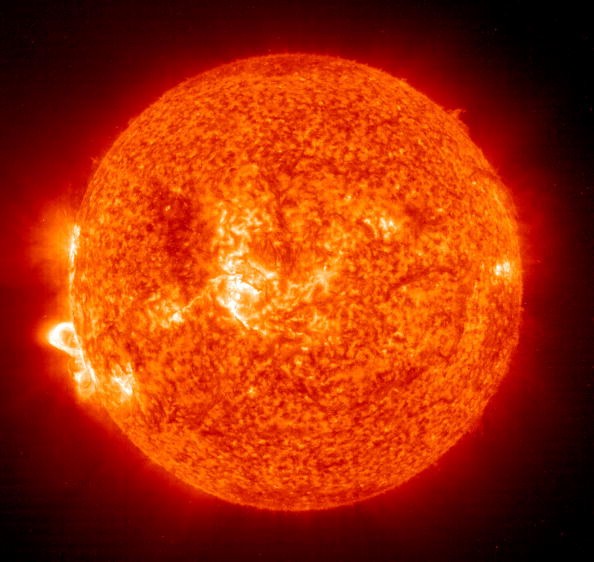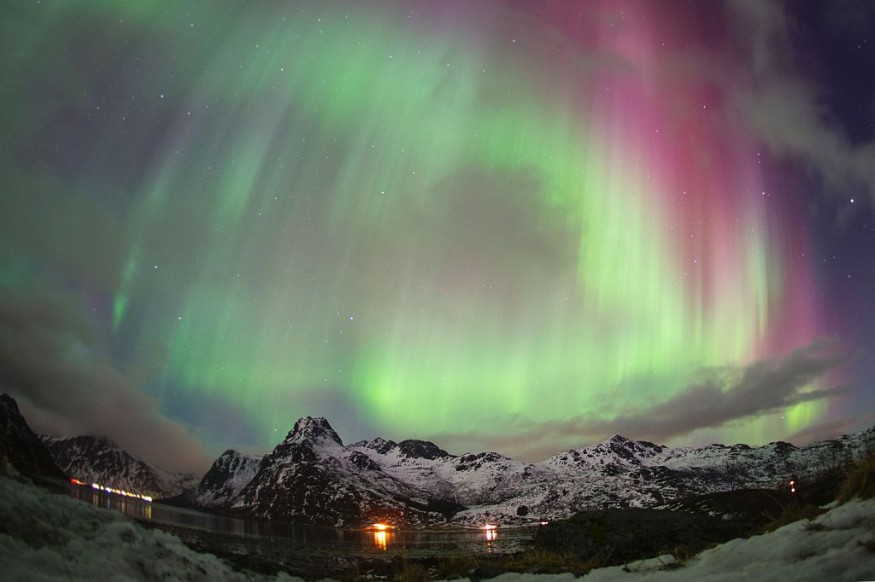Over the last week, activity on the sun's surface has increased. A recent burst of activity might result in an aurora borealis outbreak over Canada and the northern United States.
Solar Activities

NOAA's sun-observing satellites observed two eruptions on the sun's surface on Monday, sending massive clouds of charged particles soaring into space. These occurrences are known as Coronal mass ejections (CMEs).
NOAA's Space Weather Prediction Center (SWPC) determined that the Earth is squarely in the path of these two CMEs after examining the eruptions, which is excellent news for anyone expecting to see the aurora.
CMEs
According to additional research, the second CME is moving somewhat faster through space and will eventually catch up to and unite with the first, generating a gigantic cloud of charged particles that will arrive at Earth late on Wednesday.
These CMEs came from a location on the sun that AccuWeather warned about last week as a possible hotspot for solar outbursts.
Aurora

The aurora is created when charged particles from the CME collide with the Earth's magnetosphere.
The northern lights, or aurora borealis, are known in the Northern Hemisphere, while the southern lights, or aurora australis, are recognized in the Southern Hemisphere.
Significant occurrences might cause problems with GPS systems, space satellites, and certain communication systems, according to the SWPC, although the impact on technology would "usually stay minimal."
An event of this magnitude may enable the northern lights to glow throughout New England, the Great Lakes, the northern Plains, and parts of the Pacific Northwest when circumstances are ideal.
However, meteorologists predict that far-reaching clouds will obstruct skywatchers wanting to see the lights throughout most of the Northwest, Midwest, and eastern Canada.
Weather
Cloud-free weather will be favorable for residents in parts of the northern Plains, Canadian Prairies, and the Rocky Mountains, but clouds in Washington and British Columbia may cause problems.
Look toward the northern horizon in a dark region free from light pollution for the best possibility of witnessing the aurora.
New chances to view the northern lights might be on the way this week as more eruptions on the sun's surface are expected.
Scientists cannot anticipate when and how large these eruptions will occur, but the larger the explosion, the greater the likelihood of seeing the aurora on Earth a few days later.
This week's event is a foretaste of what is to come in the following years.
Solar Activity
The sun follows a natural 11-year cycle, similar to how the seasons change here. During this cycle, there is a period of low activity, known as the solar minimum, and a period of high activity, known as the solar maximum.
The sun is now moving from solar minimum to solar maximum, with the solar maximum peak not projected until 2025. During the solar maximum, eruptions like those that occurred this week are regular. There will be plenty of opportunities to observe the aurora borealis put on brilliant displays in the night sky during the following several years.
Related Article : Expert Warns 'Situation Worse than Covid' if Government Ignores Solar Flare Defense
For more cosmic news, don't forget to follow Nature World News!
© 2025 NatureWorldNews.com All rights reserved. Do not reproduce without permission.





